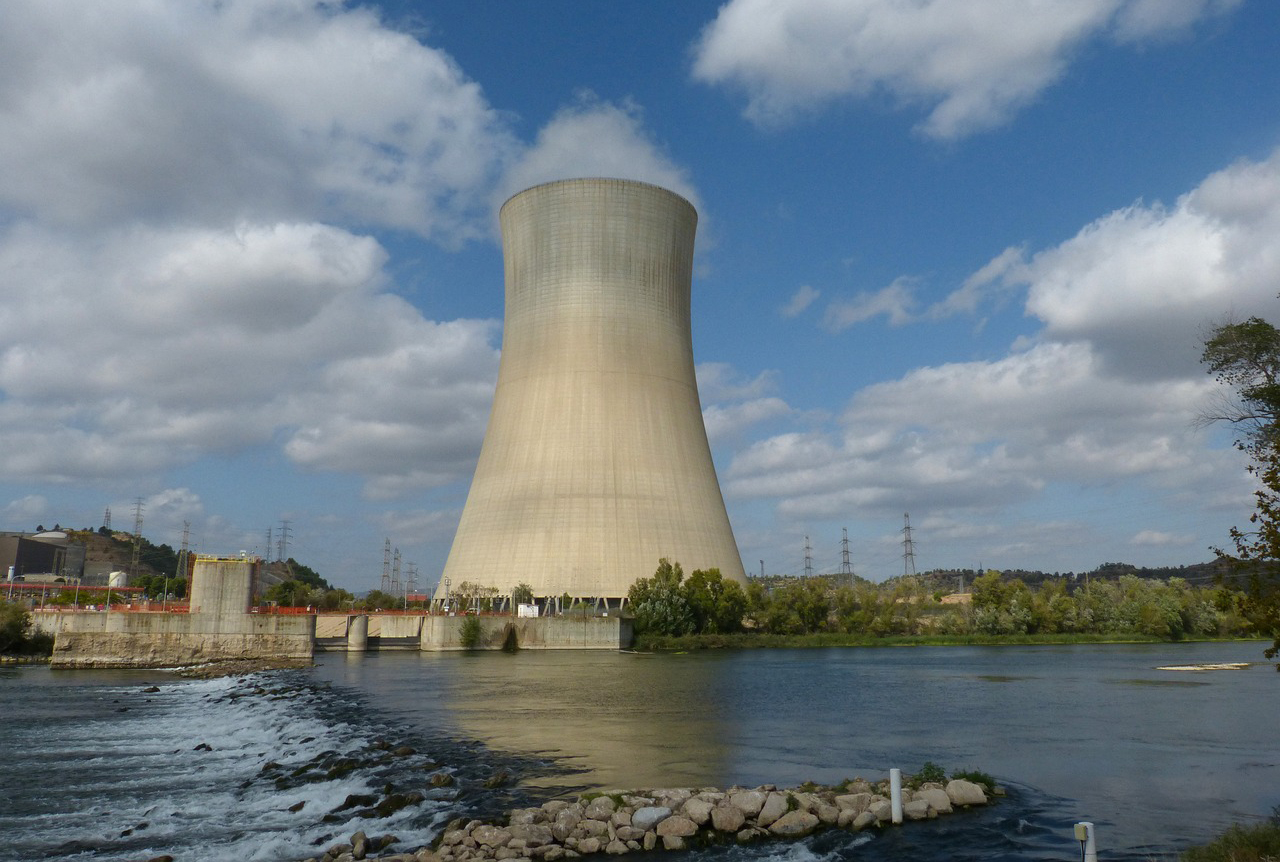News
The End of Nuclear Power in New York State
American energy history and future are playing out at the Indian Point nuclear power plant, which began operating in 1962 and provides 25 percent of the electricity used in New York City and the lower Hudson Valley, according to operator Entergy.New York State shut down one of its reactors in 2020. Indian Point Nuclear Power Plant recently stopped operating entirely.
Wind and solar power along the Hudson River represent the energy future.
Environmentalists and politicians see Indian Point as a threat, and many want it closed. Paul Gallay, president of the environmental group Riverkeeper, told the Associated Press that 20 million people live within 50 miles of Indian Point and would not be able to evacuate if there was a radioactive leak.
Before the World Trade Center was attacked on September 11, 2001, planes hijacked by terrorists sailed along the Hudson River, and the Indian Point nuclear power plant was a huge risk. New York Governor Andrew Cuomo said that Indian Point was built to withstand aircraft strikes in the 1970s, and it is unknown whether it can withstand modern aircraft.
Indian Point provides about 1,000 high-paying jobs. In 2019, Indian Point provided 13% of New York State's electricity. The lengthy decommissioning process will reduce two-thirds of jobs. Buchanan Town Mayor Theresa Knickerbocker said in the Guardian: "This is a tragic day, the end of an era, marking the disappearance of our largest employer and taxpayer. People really don't understand nuclear energy, and I am very disappointed that the clean energy power station was replaced by two natural gas power stations. Because environmental protection shuts down clean nuclear power, and natural gas power stations are not good for the environment."
In addition, as the cost of clean renewable energy has fallen, renewable energy generation is now more cost-effective than nuclear power, and nuclear power has fallen out of favor. Critics point to Indian Point's history of safety incidents, including reactor bolt failures and the discovery of radioactive tritium in the groundwater at the site. The Riverkeeper group said that Indian Point's use of river water for cooling would kill fish.
According to the New York Nuclear Organization (which opposes the closure of Indian Point), Indian Point produces 81% of all clean electricity in New York State, with solar and hydropower accounting for 2% and 4%, respectively. Fossil fuels account for 67% of the state's total electricity.
Pramila Malick of the New York Nuclear Organization said that closing Indian Point and switching to natural gas for electricity would increase New York State's greenhouse gas emissions by 10%.
As the Biden administration pursues a fossil fuel-free energy policy, there will inevitably be a transition period dominated by natural gas power generation before wind and solar become the main players in the electricity market.
More than 20 large-scale renewable energy projects will be built in 2021. The government has pledged to reach 70% of renewable energy by 2030 and 100% by 2040.
It is a pity that the nuclear industry has failed to provide a viable solution for carbon-free electricity. Of the four nuclear power plants approved during the Obama era, two have been abandoned and the other two are seriously overdue and over budget.
Now Indian Point faces a 12-year, $2.3 billion decommissioning plan, which has not yet been approved.
At the same time, it is unknown whether the current decommissioning fund can meet the decommissioning task.

RELATED NEWS
- All of Ecuador’s Exportable Crude Oil in 2018 will be Used to Pay for Oil Pre-sa
- Middle East Oil Countries can Help Maintain Security in the Singapore-Malaysia S
- The Year is Coming to an End, and Shipments Continue to be Steady
- EU and OPEC Strengthen Exchange of Energy Decisions
- Global Oil Supply Basically Remains Balanced
